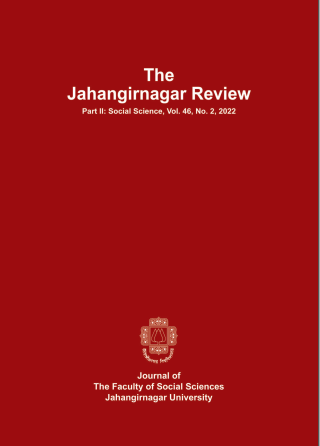Challenges in Implementing Sub-regional Cooperation in South Asia BBIN and BCIM Perspective
Main Article Content
Abstract
The Bangladesh, Bhutan, India, Nepal (BBIN) and Bangladesh, China, India and Myanmar (BCIM) sub-regional initiative are envisioned to improve economic cooperation and connectivity among the four Asian countries. These initiatives has expected to help the landlocked developing countries of this region to integrate more effectively with the global economy. But there may be certain challenges too. India has been a dominant member of SAARC, without Pakistan and Sri Lanka, India's dominance in BBIN will be even more pronounced. BCIM Initiative has remained largely neglected and underdeveloped like India’s Northeast region and the adjoining parts in Bangladesh, Myanmar, and South West China. For many years, national and international politics had kept the countries from opening up borders and promote economic development in the region. While China pushed for greater integration, unresolved border-disputes among other security apprehensions had India hesitant, preventing any substantial economic connectivity. At the same time Myanmar was struggling with domestic political complications. This article attempts to evaluate the challenges of the BBIN and BCIM framework in the context of South and Southeast Asian nations.

